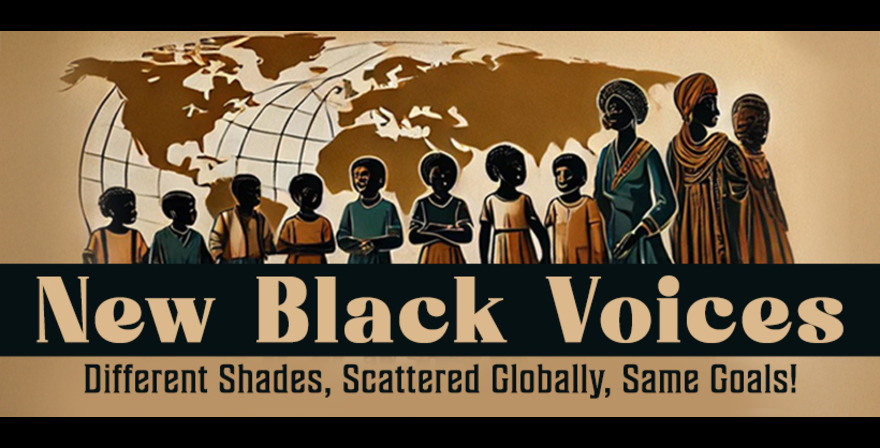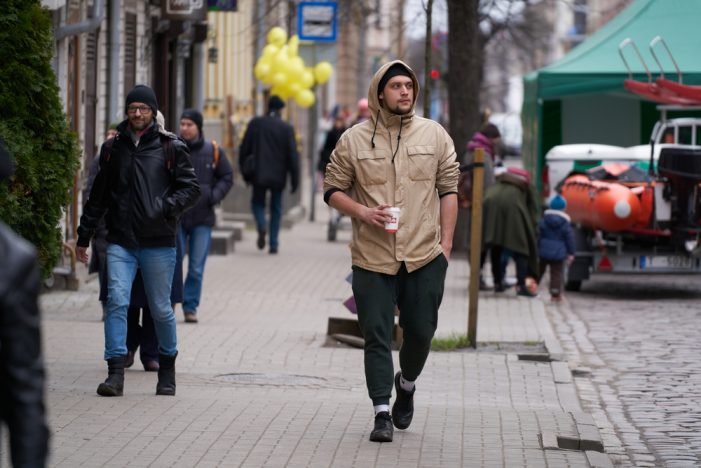By Joseph Velasquez | Editorial credit: OlegRi / Shutterstock.com
The provocative question, “I am a White Liberal, I will Save Black and Brown People in NYC, BUT I Cannot Live in Their Communities, I Prefer my White Neighborhood. Is something wrong with me?” encapsulates a profound and deeply unsettling conflict at the intersection of race, class, and ideology in modern America. While the specific article may be elusive, the sentiment it expresses is not. It is a question that haunts the progressive enclaves of cities like New York, a whispered confession of a stark contradiction between espoused values and lived realities. To answer the question of whether “something is wrong” requires a nuanced exploration of the white liberal identity, the insidious nature of the savior complex, and the powerful, often invisible, currents of systemic inequality that shape our choices and our cities.
At its core, the question reveals the inherent paradox of a certain strain of white liberalism. This is an identity often built on a foundation of intellectual and moral opposition to racism. The white liberal, in this context, supports Black and Brown communities through donations to anti-racist organizations, by voting for progressive candidates, and by publicly advocating for policies aimed at achieving racial equity. These are not insignificant actions. They are, in many ways, the tangible expressions of a genuine desire for a more just and equitable society.
However, the second part of the statement— “BUT I Cannot Live in Their Communities, I Prefer my White Neighborhood”—exposes a critical disconnect. This is where the intellectual commitment to anti-racism collides with the deeply ingrained, often unexamined, preferences and priorities that govern major life decisions. The choice of where to live is not merely a matter of personal taste; it is a decision freighted with implications for one’s children’s education, personal safety, and financial future. And in a society still profoundly shaped by racial and economic segregation, these considerations are inextricably linked to race.
The preference for a “white neighborhood” is often rationalized in race-neutral terms: “good schools,” “safe streets,” “higher property values.” Yet, these are all, in effect, coded phrases that reflect a long and painful history of racial discrimination in housing, education, and law enforcement. The “good schools” are often well-funded because they are in wealthy, predominantly white districts, a legacy of funding models tied to property taxes. The “safe streets” are often in neighborhoods that have not been subjected to the same history of disinvestment and over-policing as many communities of color. The “higher property values” are a direct result of redlining and other discriminatory practices that have systematically devalued Black and Brown neighborhoods.
This is where the “savior complex” comes into play. The desire to “save” Black and Brown people, while seemingly benevolent, can be a manifestation of a deeper, more problematic dynamic. It positions the white liberal as the active, benevolent agent of change, and Black and Brown people as the passive recipients of their charity. This dynamic, however well-intentioned, can be deeply disempowering. It can obscure the agency, resilience, and self-determination of the very communities it purports to help. It can also, paradoxically, serve to reinforce the very power imbalances it claims to oppose.
The act of “saving” from a distance, of writing a check or signing a petition from the comfort of a gentrified neighborhood, allows the white liberal to feel engaged in the struggle for racial justice without having to confront the messy, uncomfortable realities of that struggle on a daily basis. It allows them to maintain a sense of moral purity without sacrificing the privileges and comforts that come with living in a predominantly white, affluent community.
This is not to say that the individual who asks this question is a “bad person.” On the contrary, the very fact of asking the question, of acknowledging the contradiction, is a sign of a functioning conscience. The feeling that “something is wrong” is a healthy and necessary response to a deeply unhealthy societal condition. It is the psychic toll of living in a state of cognitive dissonance, of trying to reconcile a belief in equality with a life that is, in many ways, predicated on inequality.
So, is something wrong? The answer is both yes and no. No, there is nothing uniquely “wrong” with the individual in the sense of a personal moral failing that is theirs alone. They are a product of a society that has, for centuries, been structured by race and class. Their preferences and anxieties have been shaped by a lifetime of exposure to a culture that equates whiteness with safety, success, and desirability.
But yes, something is profoundly wrong. It is wrong that we live in a society where a child’s educational prospects are determined by their zip code. It is wrong that the perception of safety is so closely tied to the racial makeup of a neighborhood. It is wrong that the desire for a “good life” for oneself and one’s family so often leads to choices that, however unintentionally, perpetuate the very systems of inequality that we claim to oppose.
The path forward, then, is not one of self-flagellation, but of self-awareness and intentional action. It is to move beyond the comfortable distance of the “savior” and to embrace the more challenging, but ultimately more meaningful, role of the accomplice and the neighbor. It is to ask not, “How can I save them?” but rather, “How can I be a part of a community that is working to save itself?” and “What am I willing to sacrifice to make that a reality?” This might mean actively supporting affordable housing initiatives in one’s own neighborhood, advocating for more equitable school funding, or simply getting to know one’s neighbors from different backgrounds.
Ultimately, the question posed in the title is not one that can be answered with a simple yes or no. It is a question that demands a lifetime of engagement, of wrestling with uncomfortable truths, and of striving, however imperfectly, to close the gap between the world we say we want and the world we actually create with our choices. The feeling that “something is wrong” is not a sign of personal failure, but a call to a deeper, more honest, and more transformative form of allyship.

